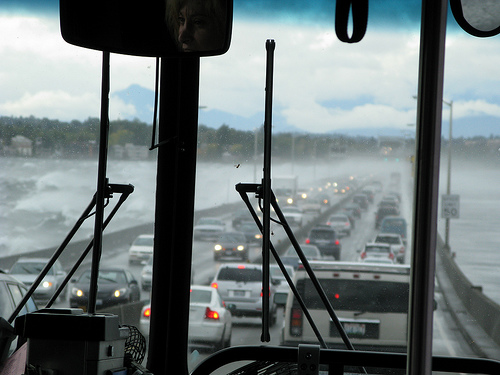As I do most years, I like to write up how I plan to vote in the upcoming election and why. Although people are welcome to comment, or counter-argue, or whatever, the point of posting these is not to debate. Neither is the reason for posting these explanations to convince anyone, particularly people who disagree with my positions. I’m simply stating my opinion.

Initiative 1125 – Concerning state expenditures on transportation.
This measure would prohibit the use of motor vehicle fund revenue and vehicle toll revenue for non-transportation purposes, and require that road and bridge tolls be set by the legislature and be project-specific.
That’s the ballot title and question. Which, unfortunately, is pretty bland and misleading. There are a grab bag of provisions in the initiative, most of which are bad:
Right now the legislature authorizes tolling on specific roads or bridges, and the state transportation commission sets the actual toll rates. I-1125 requires that the legislature set the tolls. That’s a guarantee for a political clusterfuck. Need to raise tolls to pay to repave or for structural fixes? A group of eastern washington legislators can hold it up. It also means every individual toll decision is subject to referendum.
It requires that tolls be uniform. That’s to remove what’s called congestion pricing. Want to cut down on people using the 520 bridge during rush hour? Charge a higher toll during rush hour. This provision would prevent that.
But the real reason behind the initiative is to prevent using I-90 for light rail. If this passes, there is no light rail to Bellevue. The main person bankrolling the initiative is the owner of Bellevue Square and a major investor in car culture related projects.
One of the effects of the initiative, though not explicitly part of it, is that it reduces the bonding capability for the 520 bridge replacement, which has already started. So to finish the bridge, the WSDOT will need to cancel about $500 million worth of other projects and shift the money to 520.
Really, all a person needs to do is look at who is sponsoring the initiative: Tim Eyman. He had one good initiative (performance audits) and a shit-ton of crappy ones. Including this one.
I’m voting NO.